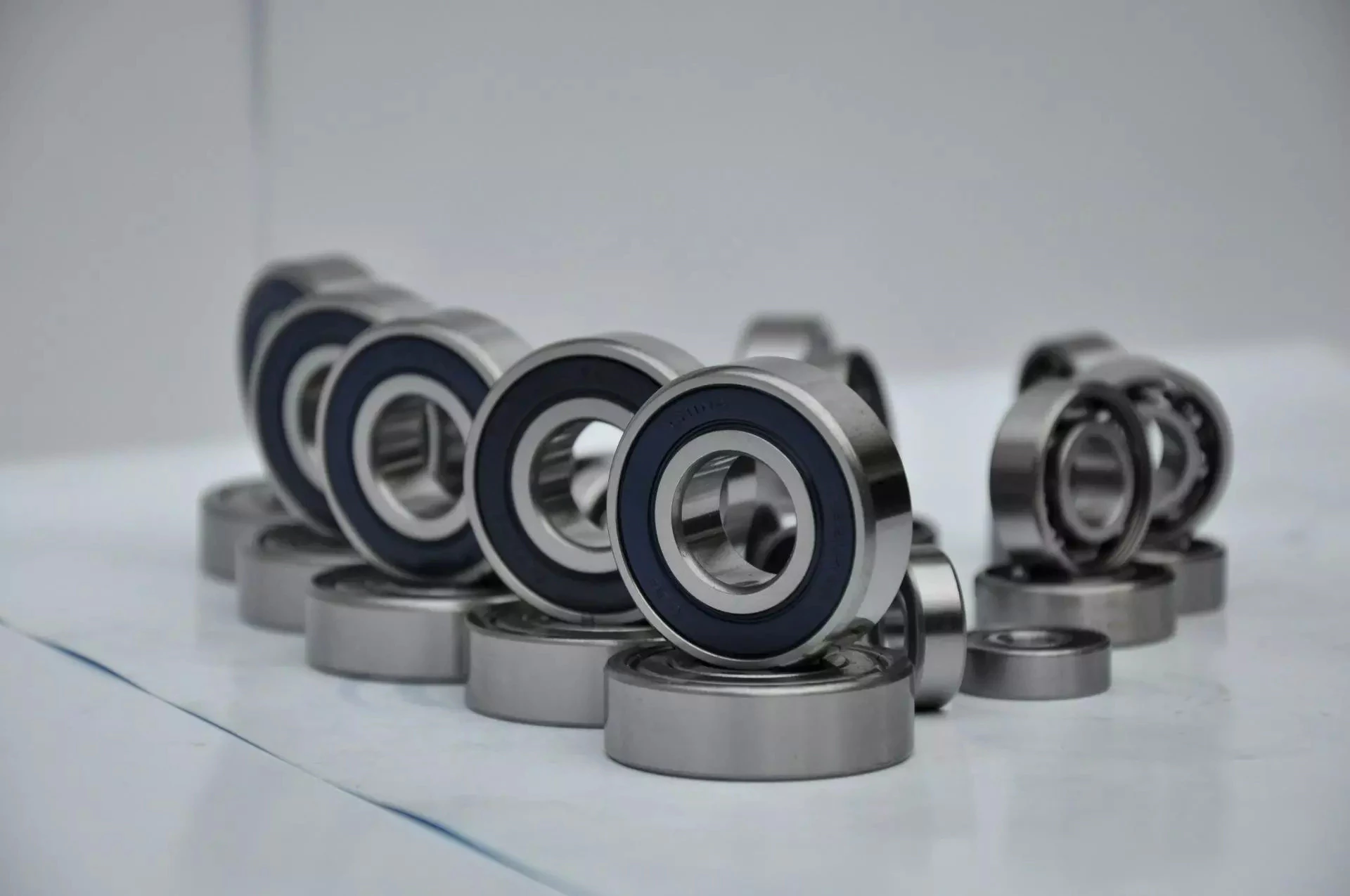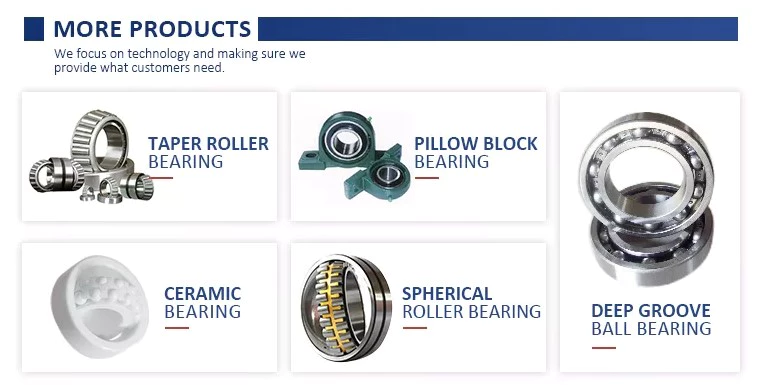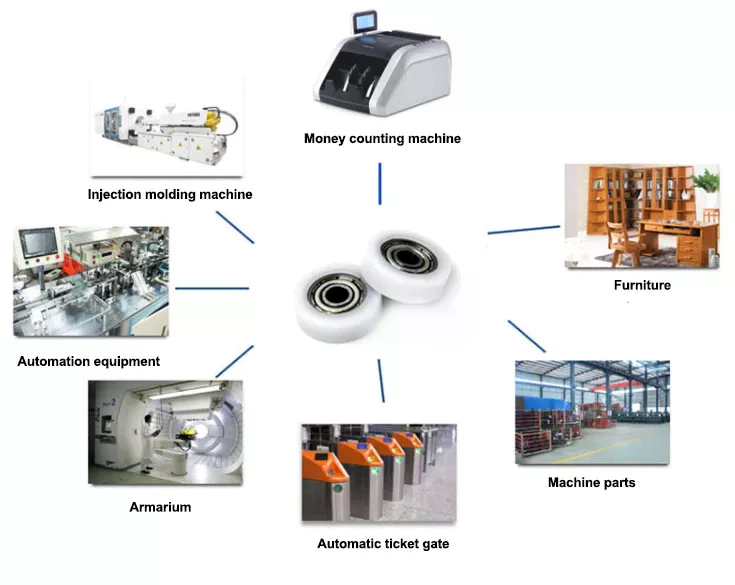Product Description
Product Description:
100hp 4wd China agriculture manufacturer price farming tractors for sale
This model 100hp 4wd tractor sells very well for its good quality and cheap price.
We export this model tractors most to Europe, America, Australia and Brizil and other countries, they are very popular in the market.
With beautiful appearance, this tractor is also multi-functional. It can match all kinds of farming implements.
Pictures:
Standard Equipments:
YT4B3Z Engine,6 Cylinders,16+8 Gear Shift,With Dual-Stage Clutch,Power Steering,Trailer outlet,
protection plate,Tires:12.4-24/16.9-34,hand throttle wire ,4x4 Wheel Drive,3-Point Linkage,
Rear PTO 540/1000, Multi-Way Valve,Front Ballast,Rear Ballast,Color follow your need.
Options:
Cab,Canopy,Air Brake,Tilting Draw Bar,
110hp 4wd Tractor Specs
| Model | 1004 | ||||
| (mm)Dimensions of Tractor | Length (to front ballast) | 4830 | |||
| Width | 2050 | ||||
| Height (to the exhaust vent) | 2810 | ||||
| Tread | Front Wheel | 1610-1950 | |||
| Rear Wheel | 1608-1996 | ||||
| Axle Base | 2366 | ||||
| Min.Ground Clearance | 470 | ||||
| Structure weight (kg) | 4205 | ||||
| Ballast weight (kg) |
Front ballast | 360 | |||
| Rear ballast | 440 | ||||
| Rated traction force (kN) | 25 | ||||
| Engine | Model | YTO YT4B3Z | |||
| Type | Vertical,4-Cylinder,Water Cooled and 4-stroke | ||||
| Rated Power(kw) | 74kW | ||||
| Rated speed (r/min) | 2300 | ||||
| Fuel | Diesel | ||||
| Tyre | Front Wheel | 12.4-24 | |||
| Rear Wheel | 16.9-34 | ||||
| Clutch | Dry, Dual-stage clutch | ||||
| Steering | power steering | ||||
| Transmission Type | 16F+8R Shuttle shift/ Creeper gear shift | ||||
| Suspension Type | 3-point links | ||||
| PTO | Type and Rev | Semi-independent Type 760/1000 or540/1000 (optional) | |||
| Spline Size | F35 Rectangle Spline with 6 teeth | ||||
TZ-10 Front End Loader with 4 - in - 1 Bucket Specifications:
| Model | TZ-10 |
| Bucket capacity(m3) | 1.45 |
| Rated Load(Kg) | 1200 |
| Overall dimensions(mm) | 5850×2100×3600 |
| Max. dump height(mm) | 4100 |
| Max. dump distance(mm) | 1400 |
| Bucket rollback angle (degree) | 420 |
| Max. unloading angle (degree) | 460 |
| Max. scraping depth(mm) | 160 |
| Lifting time to pivot pin(s) | 10 |
| Descending time(s) | 10 |
| Recommended Tractor(hp) | 140-160 |
LW-10 Backhoe Specifications:
| Model | LW-10 |
| Bucket Capacity(m3) | 0.07 |
| Bucket Wide(mm) | 550 |
| Max.digging depth(mm) | 3500 |
| Max.digging Radius(mm) | 4300 |
| Max.digging Height(mm) | 4300 |
| Discharging Height(mm) | 2770 |
| Max.digging depth(2ft) Flat bottom(mm) | 3350 |
| Swing Angle(degree) | 180° |
| Bucket Rotation(degree) | 172° |
| Dipper stick CZPT Force(Kg) | 2700 |
| Operating pressure(Mpa) | 16 |
Packaging & Delivery:
-3 units inside 1x40'fcl assembled,
-Delivery time: 30 days after receiving your deposit
Company Information:
Our service:
Certifications:
FAQ:
Types of Miter Gears
The different types of miter gears include Hypoid, Crown, and Spiral. To learn more, read on. In addition, you'll learn about their differences and similarities. This article will provide an overview of the different types of miter gears. You can also choose the type that fits your needs by using the guide below. After you've read it, you'll know how to use them in your project. You'll also learn how to pair them up by hand, which is particularly useful if you're working on a mechanical component.
Bevel gears
Bevel and miter gears are both used to connect 2 shafts that have different axes. In most cases, these gears are used at right angles. The pitch cone of a bevel gear has the same shape as that of a spur gear, except the tooth profile is slightly tapered and has variable depth. The pinions of a bevel gear are normally straight, but can be curved or skew-shaped. They can also have an offset crown wheel with straight teeth relative to the axis.
In addition to their industrial applications, miter gears are found in agriculture, bottling, printing, and various industrial sectors. They are used in coal mining, oil exploration, and chemical processes. They are an important part of conveyors, elevators, kilns, and more. In fact, miter gears are often used in machine tools, like forklifts and jigsaws.
When considering which gear is right for a certain application, you'll need to think about the application and the design goals. For example, you'll want to know the maximum load that the gear can carry. You can use computer simulation programs to determine the exact torque required for a specific application. Miter gears are bevel gears that are geared on a single axis, not two.
To calculate the torque required for a particular application, you'll need to know the MA of each bevel gear. Fortunately, you can now do so with CZPT. With the help of this software, you can generate 3D models of spiral bevel gears. Once you've created your model, you can then machine it. This can make your job much easier! And it's fun!
In terms of manufacturing, straight bevel gears are the easiest to produce. The earliest method for this type of gear is a planer with an indexing head. Since the development of CNC machining, however, more effective manufacturing methods have been developed. These include CZPT, Revacycle, and Coniflex systems. The CZPT uses the Revacycle system. You can also use a CNC mill to manufacture spiral bevel gears.
Hypoid bevel gears
When it comes to designing hypoid bevel gears for miter and other kinds of gears, there are several important parameters to consider. In order to produce high-quality gearings, the mounting distance between the gear teeth and the pinion must be within a predefined tolerance range. In other words, the mounting distance between the gear teeth and pinion must be 0.05 mm or less.
To make this possible, the hypoid bevel gearset mesh is designed to involve sliding action. The result is a quiet transmission. It also means that higher speeds are possible without increasing noise levels. In comparison, bevel gears tend to be noisy at high speeds. For these reasons, the hypoid gearset is the most efficient way to build miter gears. However, it's important to keep in mind that hypoid gears are not for every application.
Hypoid bevel gears are analogous to spiral bevels, but they don't have intersecting axes. Because of this, they can produce larger pinions with smooth engagement. Crown bevel gears, on the other hand, have a 90-degree pitch and parallel teeth. Their geometry and pitch is unique, and they have particular geometrical properties. There are different ways to express pitch. The diametral pitch is the number of teeth, while circumferential measurement is called the circumference.
The face-milling method is another technique used for the manufacture of hypoid and spiral bevel gears. Face-milling allows gears to be ground for high accuracy and surface finish. It also allows for the elimination of heat treatment and facilitates the creation of predesigned ease-off topographies. Face-milling increases mechanical resistance by as much as 20%. It also reduces noise levels.
The ANSI/AGMA/ISO standards for geometric dimensioning differ from the best practices for manufacturing hypoid and bevel gears. The violation of common datum surfaces leads to a number of geometrical dimensioning issues. Moreover, hypoid gears need to be designed to incorporate the base pitches of the mating pinion and the hypoid bevel gear. This is not possible without knowing the base pitch of the gear and the mating pinion.
Crown bevel gears
When choosing crown bevels for a miter gear, you will need to consider a number of factors. Specifically, you will need to know the ratio of the tooth load to the bevel gear pitch radius. This will help you choose a bevel gear that possesses the right amount of excitation and load capacity. Crown bevels are also known as helical gears, which are a combination of 2 bevel gear types.
These bevel gears differ from spiral bevels because the bevels are not intersected. This gives you the flexibility of using a larger pinion and smoother engagement. Crown bevel gears are also named for their different tooth portions: the toe, or the part of the gear closest to the bore, and the heel, or the outermost diameter. The tooth height is smaller at the toe than it is at the heel, but the height of the gear is the same at both places.
Crown bevel gears are cylindrical, with teeth that are angled at an angle. They have a 1:1 gear ratio and are used for miter gears and spur gears. Crown bevel gears have a tooth profile that is the same as spur gears but is slightly narrower at the tip, giving them superior quietness. Crown bevel gears for miter gears can be made with an offset pinion.
There are many other options available when choosing a Crown bevel gear for miter gears. The material used for the gears can vary from plastics to pre-hardened alloys. If you are concerned with the material's strength, you can choose a pre-hardened alloy with a 32-35 Rc hardness. This alloy also has the advantage of being more durable than plastic. In addition to being stronger, crown bevel gears are also easier to lubricate.
Crown bevel gears for miter gears are similar to spiral bevels. However, they have a hyperbolic, not conical, pitch surface. The pinion is often offset above or below the center of the gear, which allows for a larger diameter. Crown bevel gears for miter gears are typically larger than hypoid gears. The hypoid gear is commonly used in automobile rear axles. They are useful when the angle of rotation is 90 degrees. And they can be used for 1:1 ratios.
Spiral miter gears
Spiral bevel gears are produced by machining the face surface of the teeth. The process follows the Hertz theory of elastic contact, where the dislocations are equivalent to small significant dimensions of the contact area and the relative radii of curvature. This method assumes that the surfaces are parallel and that the strains are small. Moreover, it can reduce noise. This makes spiral bevel gears an ideal choice for high-speed applications.
The precision machining of CZPT spiral miter gears reduces backlash. They feature adjustable locking nuts that can precisely adjust the spacing between the gear teeth. The result is reduced backlash and maximum drive life. In addition, these gears are flexible enough to accommodate design changes late in the production process, reducing risk for OEMs and increasing efficiency and productivity. The advantages of spiral miter gears are outlined below.
Spiral bevel gears also have many advantages. The most obvious of these advantages is that they have large-diameter shafts. The larger shaft size allows for a larger diameter gear, but this means a larger gear housing. In turn, this reduces ground clearance, interior space, and weight. It also makes the drive axle gear larger, which reduces ground clearance and interior space. Spiral bevel gears are more efficient than spiral bevel gears, but it may be harder to find the right size for your application.
Another benefit of spiral miter gears is their small size. For the same amount of power, a spiral miter gear is smaller than a straight cut miter gear. Moreover, spiral bevel gears are less likely to bend or pit. They also have higher precision properties. They are suitable for secondary operations. Spiral miter gears are more durable than straight cut ones and can operate at higher speeds.
A key feature of spiral miter gears is their ability to resist wear and tear. Because they are constantly being deformed, they tend to crack in a way that increases their wear and tear. The result is a harder gear with a more contoured grain flow. But it is possible to restore the quality of your gear through proper maintenance. If you have a machine, it would be in your best interest to replace worn parts if they aren't functioning as they should.




